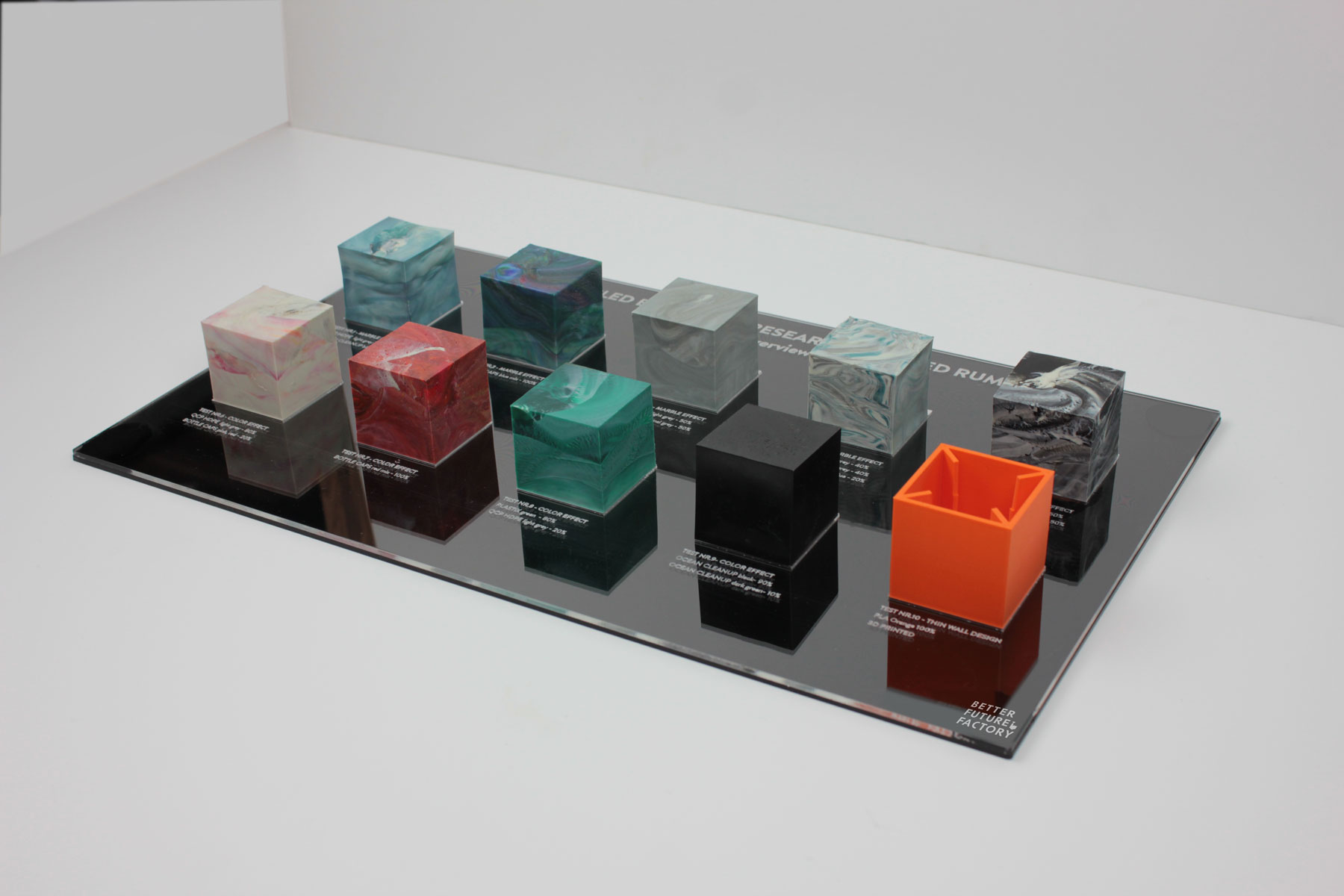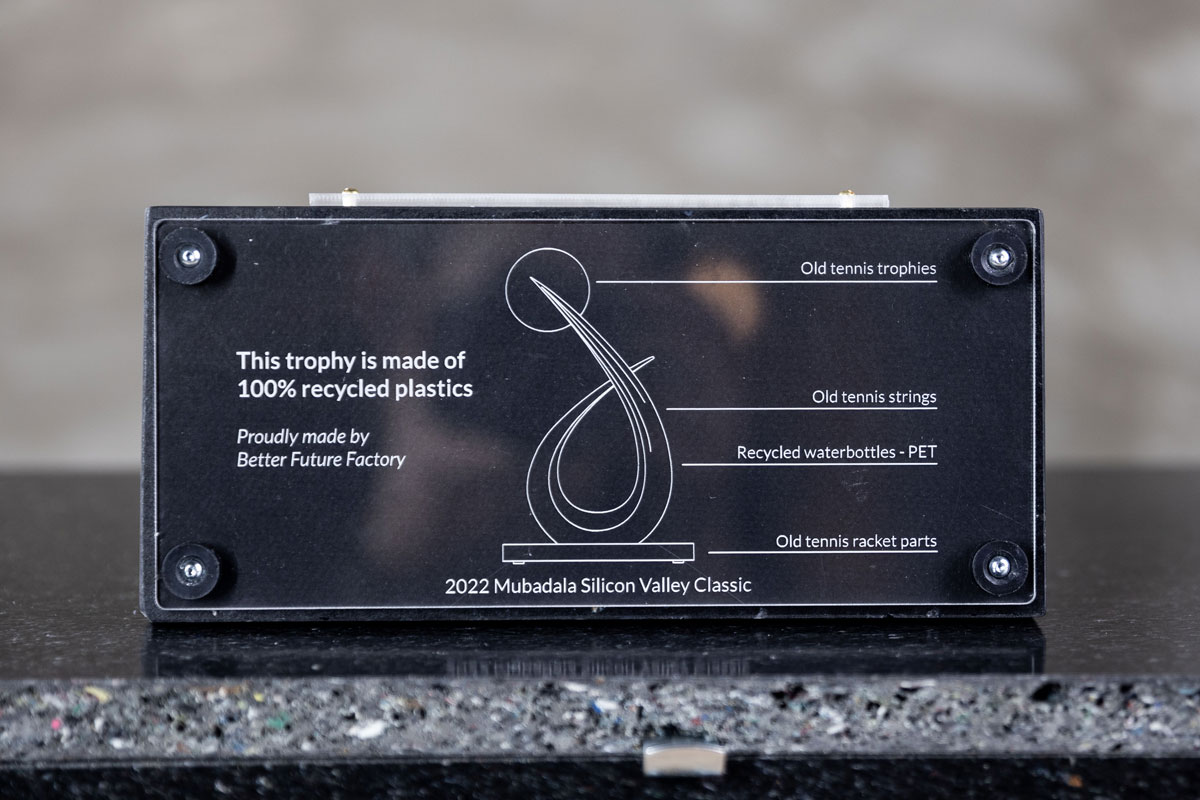A Digital Product Passport; What is it and how can it Boost Sustainability?
With the introduction of the Circular Economy Action plan in 2020, the European Commission recognized the need to consider the entire lifecycle of products, from production to end-of-life disposal, and to address all processes related to materials sourcing, production, and supply chain management. However, a significant hurdle to realizing an EU digital product passport is the limited availability of information on the composition, production methods, and life cycle of products.
This post will examine the concept of digital product passports and how it can be used in the context of plastic products and packaging in relation to a circular economy.
What is a digital product passport?

Product passport for plastics interpreation – ai generated image
At its core, a digital product passport dpp is a “product-specific data set,” which would structure the disclosure requirements of products. It can provide information on the origin, material composition, repair, and disassembly options of a product as well as how the various components can be recycled.
The goal of a product passport is to increase transparency and accountability in the supply chain, making it easier for consumers, regulators, and other stakeholders to make informed decisions about the products they use and purchase. The widespread adoption of product passports has the potential to bring about a shift in business models.
So what does it say?
In practice, a product passport might include a range of information about a product and the entire value chain, including:
1. Raw materials and production processes
Where the materials for the product come from, how they are extracted or manufactured, and what kind of energy and water is used in the production process.
2. Product performance
How long the product is expected to last, what it is designed to do, and how it can be used safely and effectively.
3. Environmental impact
The amount of greenhouse gases, water, and other resources used to produce the product, as well as the potential environmental footprint of the product throughout its lifecycle, such as emissions during transport and disposal.
4. Social impact
Information about the working conditions of people involved in producing the product, as well as any potential human rights impacts associated with its production or use.
What are the benefits?
From a circular economy point of view there are several potential benefits to implementing product passports for plastic products and packaging. These include:
1. Improve sustainability performance
By providing more information about the environmental and social impact of products, product passports can help increase transparency and accountability throughout supply chains. The product passport can serve as the backbone of green claims, aiding circular business models.
2. Improved decision-making for a sustainable economy
Digital product passports can help stakeholders and consumers make more informed decisions about the products they purchase and use, they will have a better understanding of the product’s embodied environmental impact or recycled materials content.
3. Incentives for sustainable production
By making environmental footprint (e.g. energy consumption, energy efficiency, resource efficiency, product life cycles and CO2 footprint) and social impact more visible, a digital passport could incentivize companies to adopt more sustainable production practices and design more environmentally-friendly products.
4. Easier repair and refurbish
Digital product passports can make it easier to repair and refurbish products, thus incentivizing new business models like repair based business models and promoting sustainability. By providing detailed information about components, product passports can encourage businesses to shift towards repair and refurbishment creating new revenue streams.
5. Better waste management
Product passports could help improve waste management by providing information about how to dispose and recycle products.

Material sample overview made by Better Future Factory
Challenges
There are also several challenges and limitations to the implementation of product passports.
Data collection
Creating a comprehensive product passport requires a lot of data, which may not always be available or accurate and pose different challenges for different value chains to gather data. Entire value chains, so all actors, may need to invest in better data storage and tracking systems to provide the necessary information. Especially when products are more complex and consist of many parts, like consumer electronics or electric vehicle batteries.
More and more companies see the passport as a business opportunity and have a business model that revolves around product passports for the EU market. To be useful, product passports need to be standardised and comparable across products and industries, harmonisation is key, like with personal passports. Digital solutions seem most promising, however data security also plays an important role in these passport (e.g. to ensure compliance).
Intellectual property
To ensure the safety and sustainability of plastic products and packaging, it is essential to include information about plastic additives in the product passport. However, plastic suppliers may be hesitant to disclose specific information about their products due to concerns about protecting their intellectual property and maintaining a competitive advantage.
Collaboration
In addition, there is a need for greater collaboration between suppliers, manufacturers, and governments to develop a shared understanding of the importance of disclosing information about plastic additives. This collaboration will help to build trust and ensure that everyone involved in the production and use of plastic products and packaging is working towards the common goal of reducing plastic pollution.
To sum up
While introducing digital passports for plastic products and packaging comes with its fair share of challenges, it is a critical step towards reducing plastic pollution, promoting sustainability, and better tracking the environmental impact through the product’s life cycle.
For the climate neutral goals of European union and the circular economy action plan the increased attention for products passports is key. The next step would be better collaboration between all parties involved, clear guidelines and regulations, and using a digital product passport solution, we can create a standardized system that is accurate, reliable, and effective.
For the time being at Better Future Factory we use a simplified physical product passport as shown in the right picture.

Material origin overview for a trophy made of old tennis racket parts
